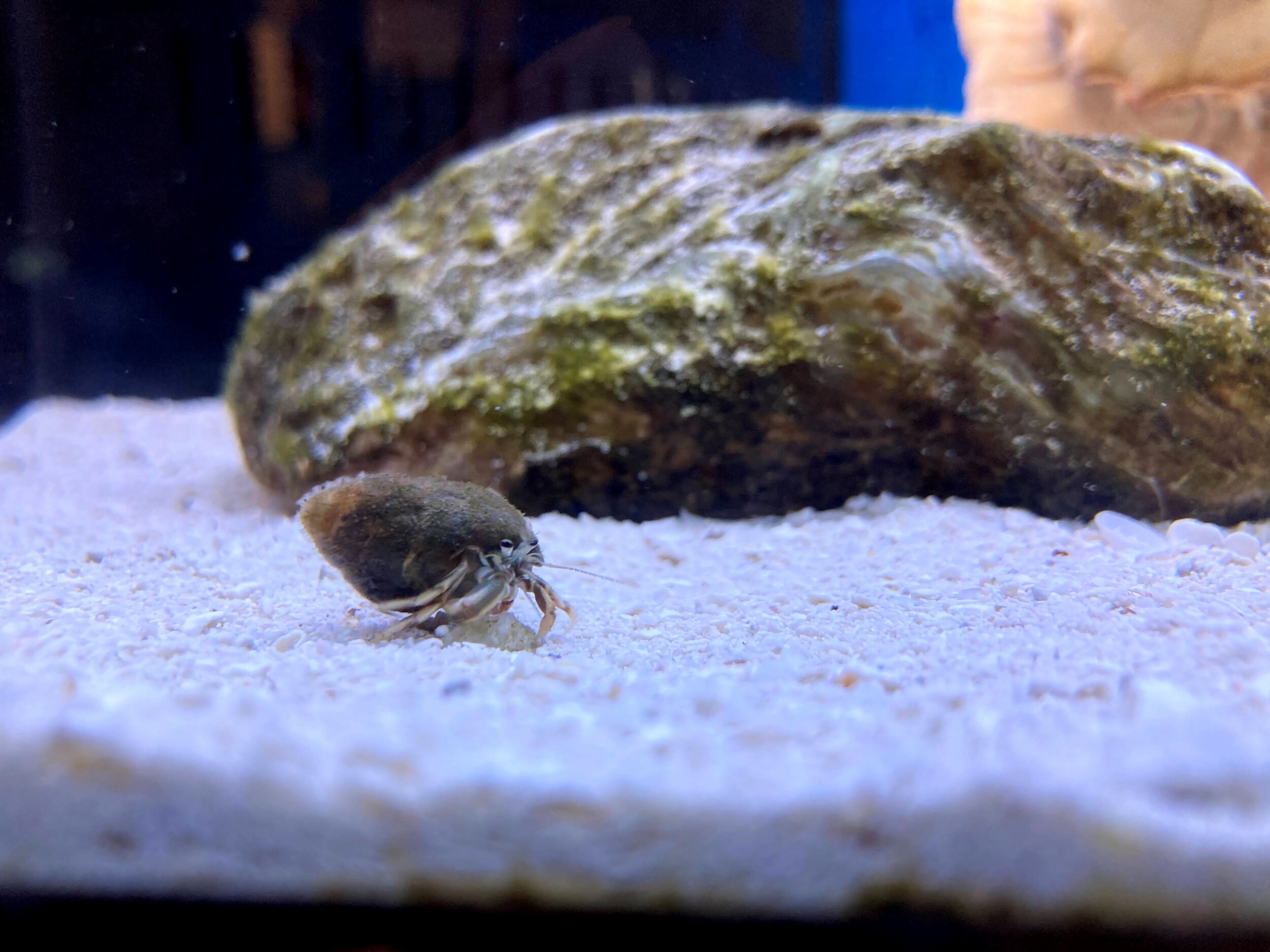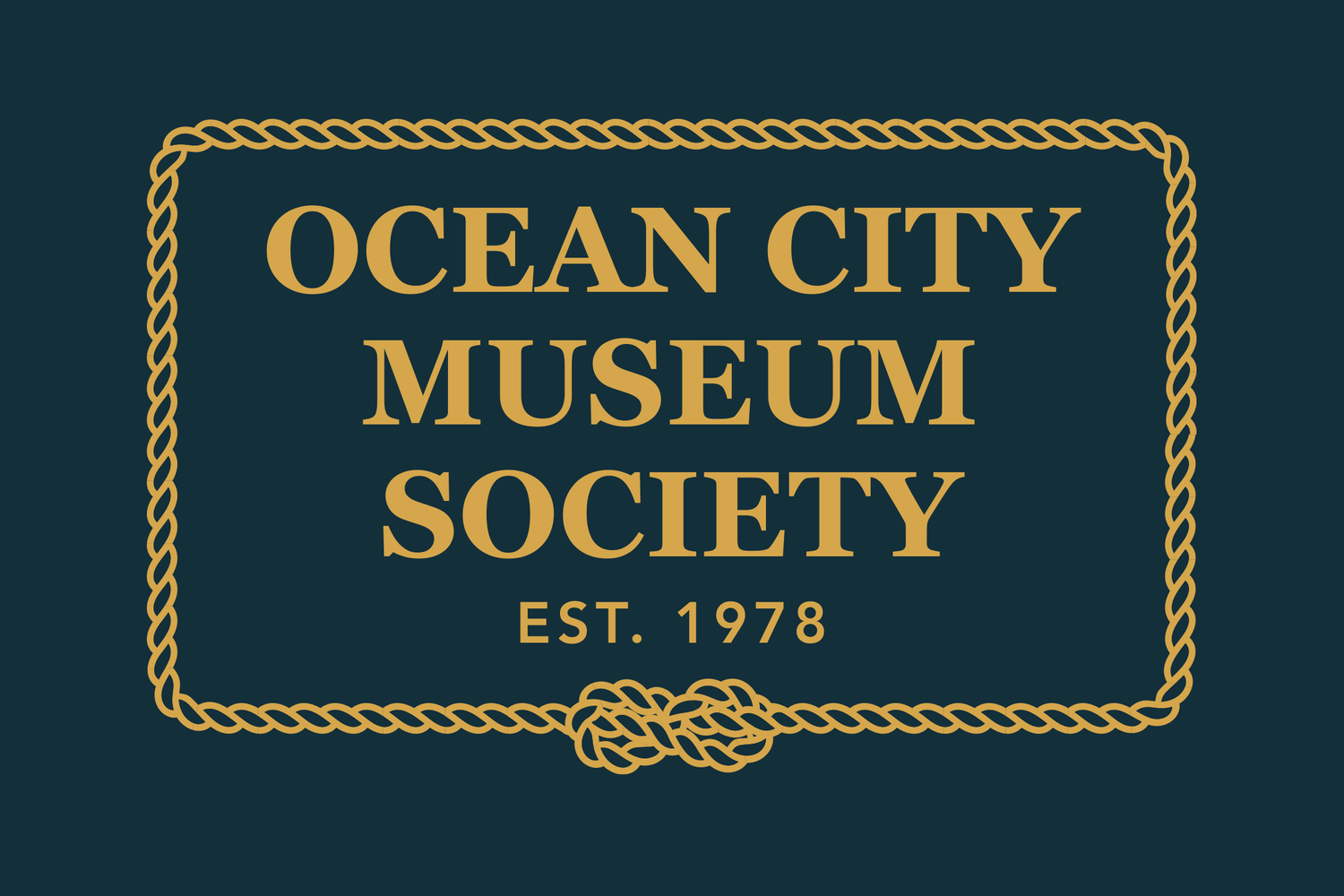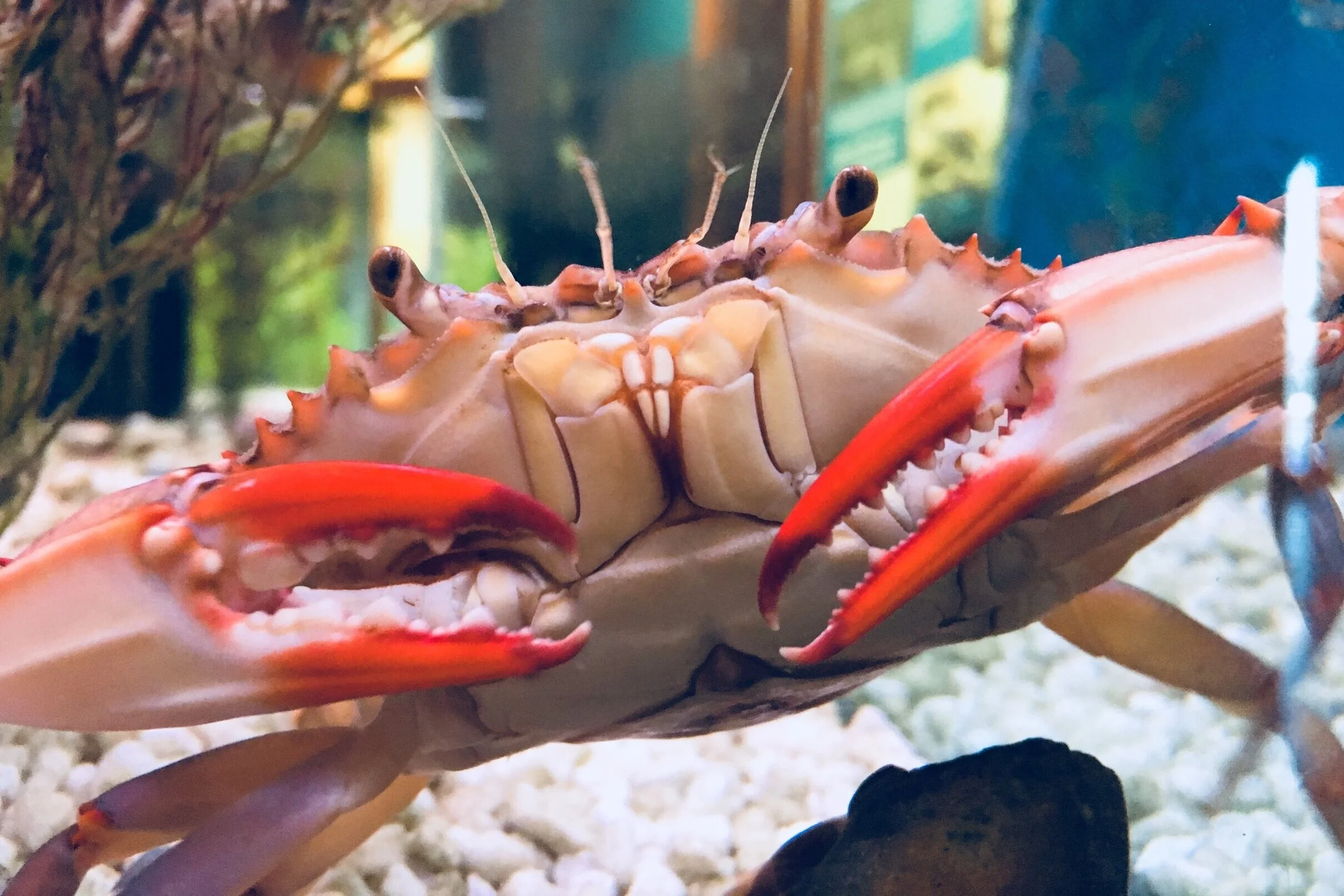
Ocean City Life-Saving Station Museum
Aquarium Room

Discover the wildlife that inhabits our ocean and coastal bays
Lined Seahorse
Range: Live year-round in the middle and lower Chesapeake Bay and Atlantic Ocean
Identification: Varies in color from pale yellow to nearly black depending on its surroundings
Diet: Feeds on tiny crustaceans
Average Life Span: 4 years
Fun Fact: They are poor swimmers that rely on their camouflage to hide from predators
Horseshoe Crab
Range: Middle and lower Chesapeake and Atlantic ocean
Identification: They have a hard, rounded, brownish-green exoskeleton, a spike-like tail, and five pairs of jointed legs
Diet: Feeds mostly on worms and mollusks such as razor clams and soft-shell clams
Average Life Span: 20 years
Fun Fact: Often called "living fossils," horseshoe crabs have existed for more than 300 million years
American Eel
Range: Common throughout the Chesapeake Bay watershed
Identification: Smooth, snake-like with a greenish, yellowish-brown, or blackish body
Diet: Feeds on worms, small fish, mollusks, and crustaceans
Average Life Span: 5-20 years
Fun Fact: Some people think that eels are snakes, but they are fish
Oyster Toadfish
Range: Abundant throughout the Bay and Atlantic Ocean year-round
Identification: Olive-brown black with dark blotches or bars, and a pale belly, big bulging eyes
Diet: Small crabs and other crustaceans; will also eat mollusks and small fish
Fun Fact: Although it is edible, oyster toadfish are rarely eaten because of their grotesque appearance. In 1998, NASA sent the oyster toadfish into space to study the effects of microgravity on the development of otolithic organs
Maryland Blue Crab
Range: Spreads from Nova Scotia to Argentina in the western Atlantic Ocean
Identification: Shell varies in color from bluish to olive green, claws are bright blue or red
Diet: Crustaceans, freshly dead fish, plant and animal detritus
Average Life Span: Up to 1-3 years
Fun Fact: Blue Crabs are excellent swimmers
Common Spider Crab
Range: Found from Nova Scotia to the western Gulf of Mexico, and the Chesapeake Bay from Washington, D.C., to the Bay's mouth
Identification: Triangle-shaped shell that is often covered in algae, debris, and small invertebrates
Diet: Feeds on algae and detritus, and often feeds on large starfish
Fun Fact: They are tolerant of polluted waters and low-oxygen environments







